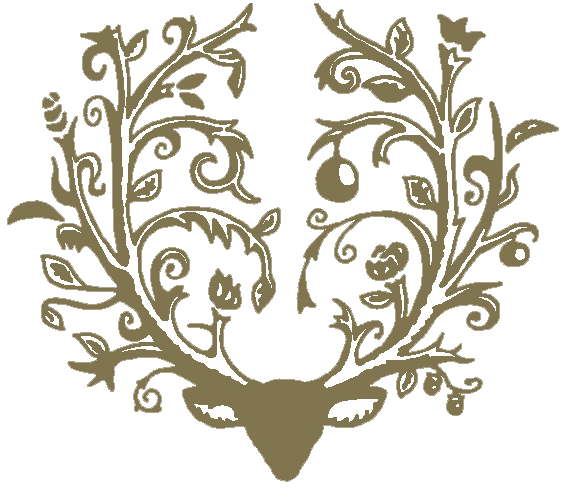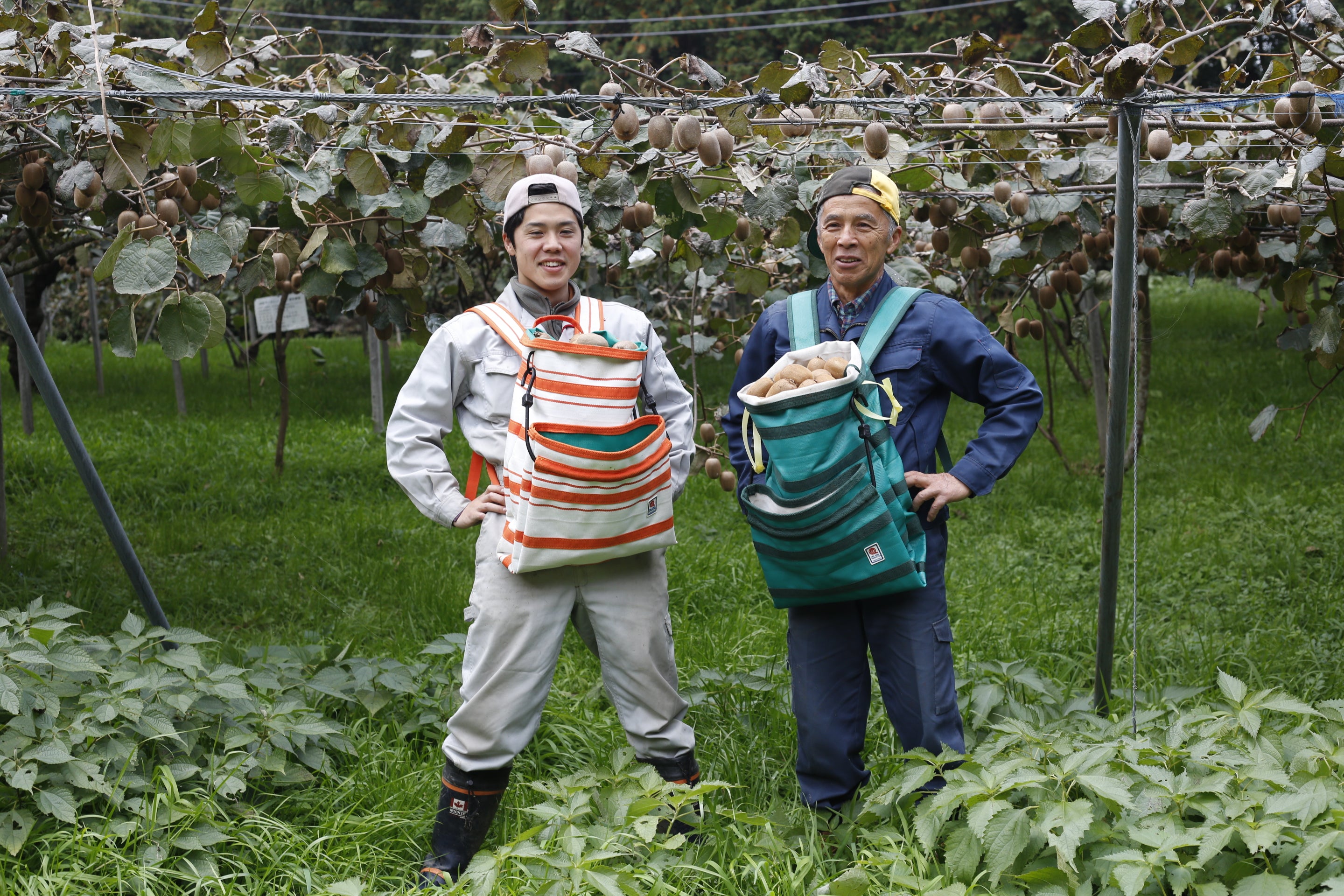
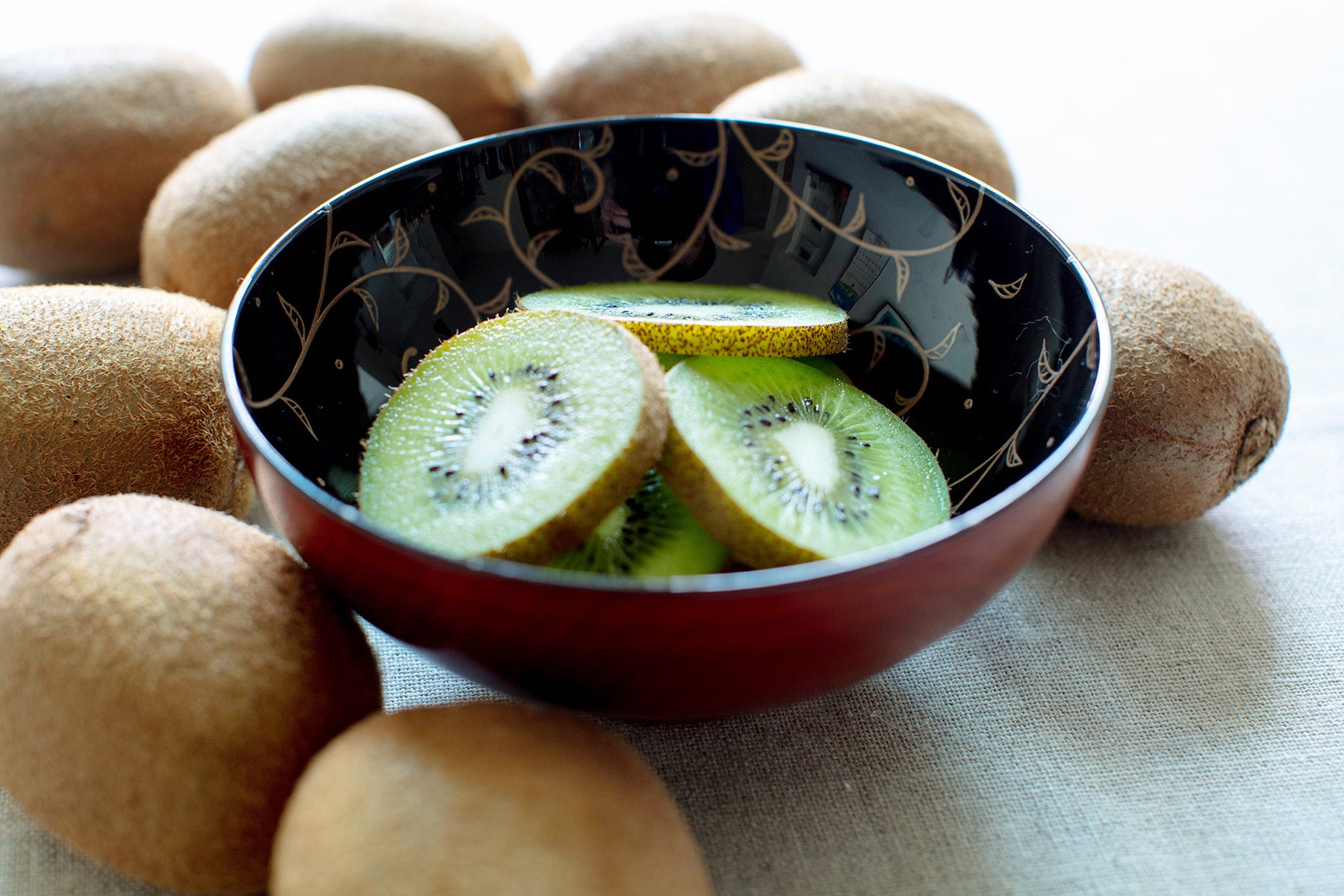
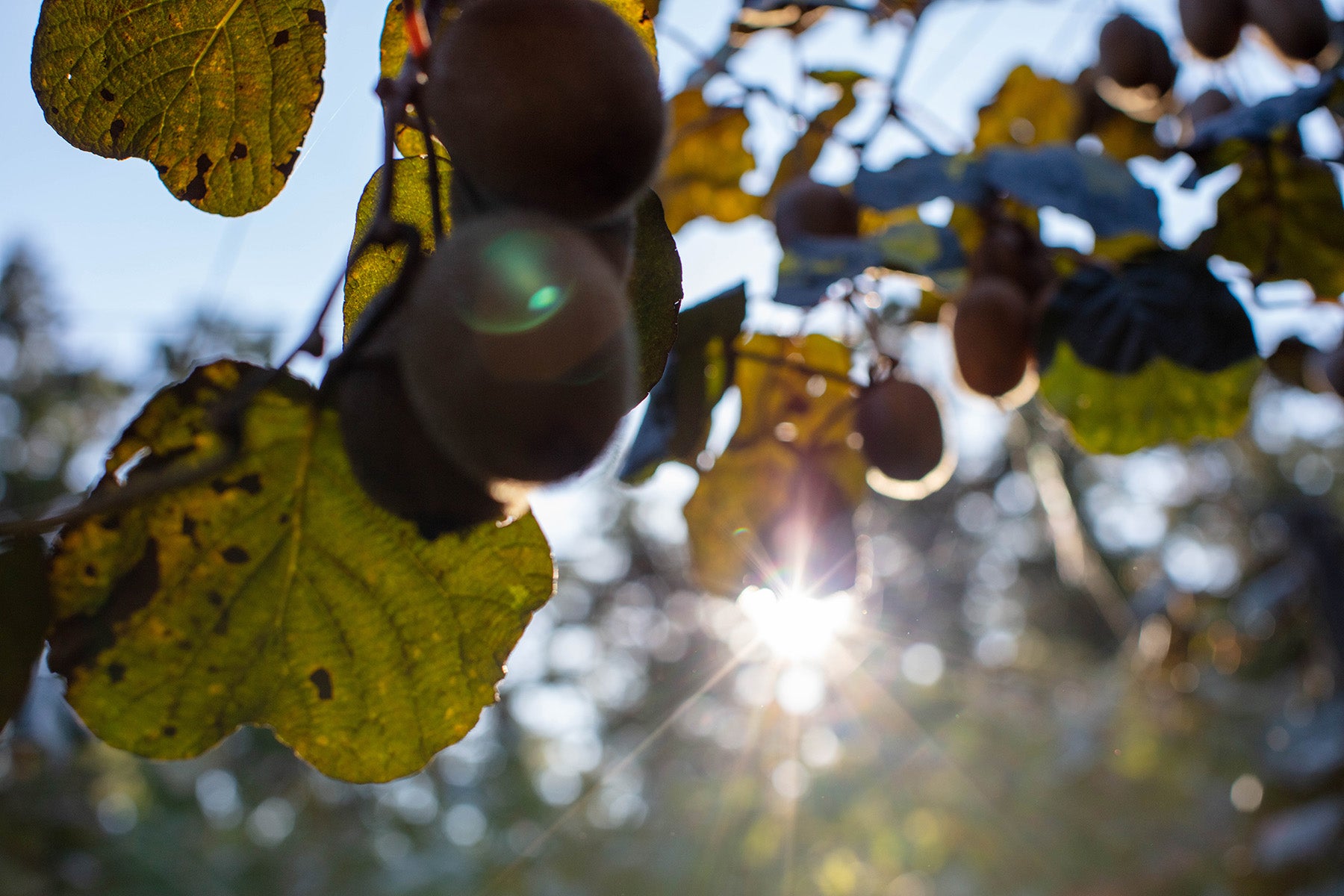
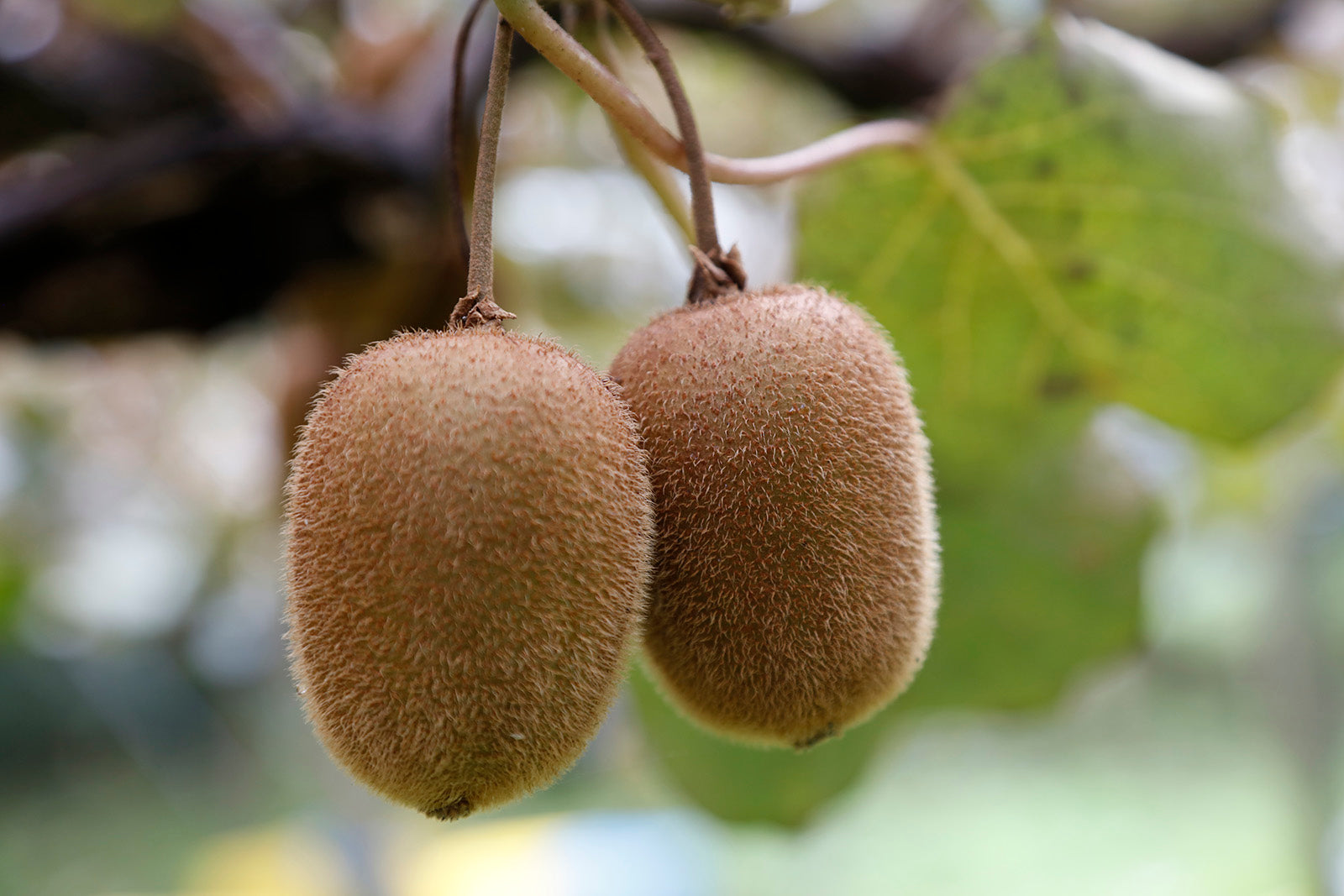
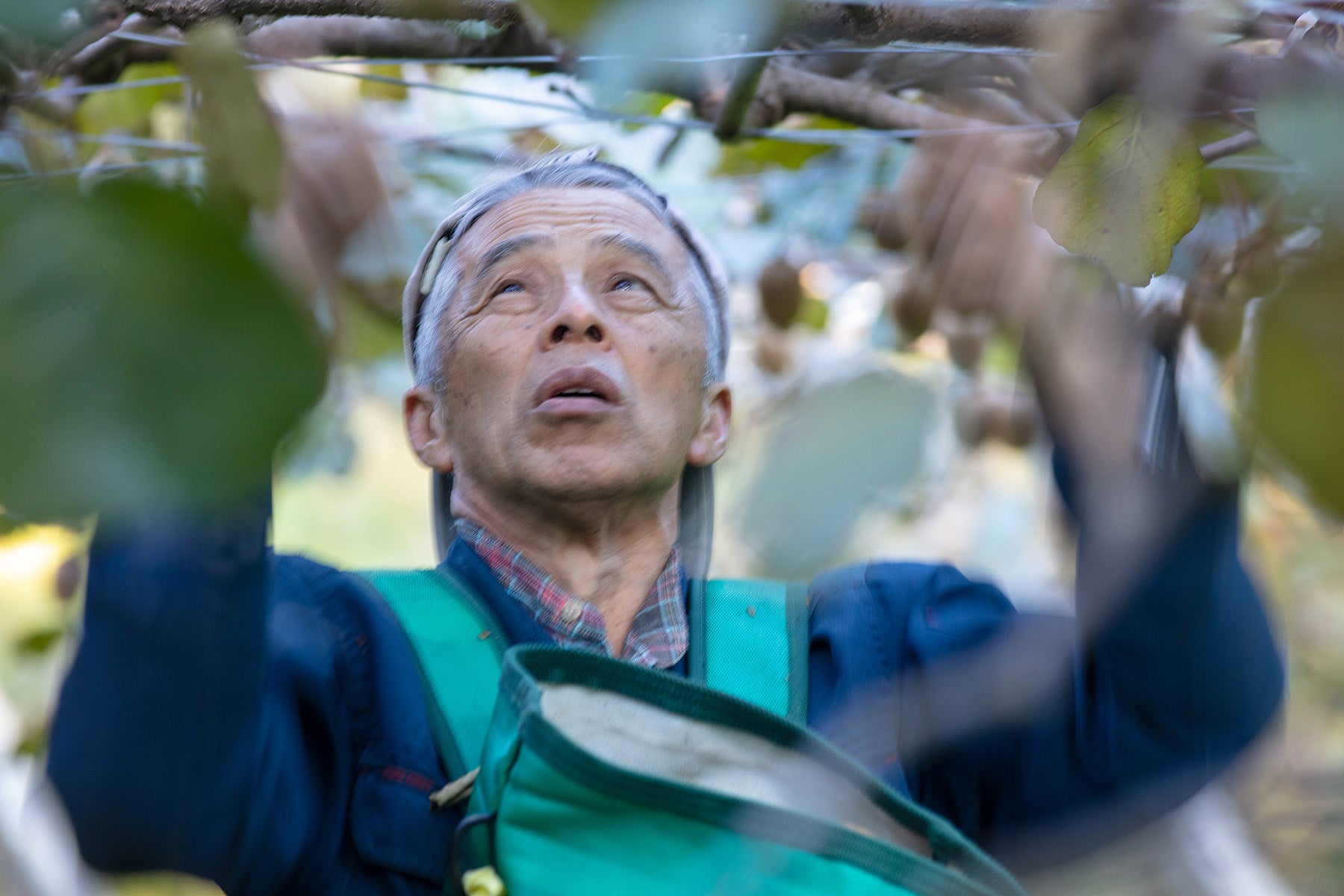
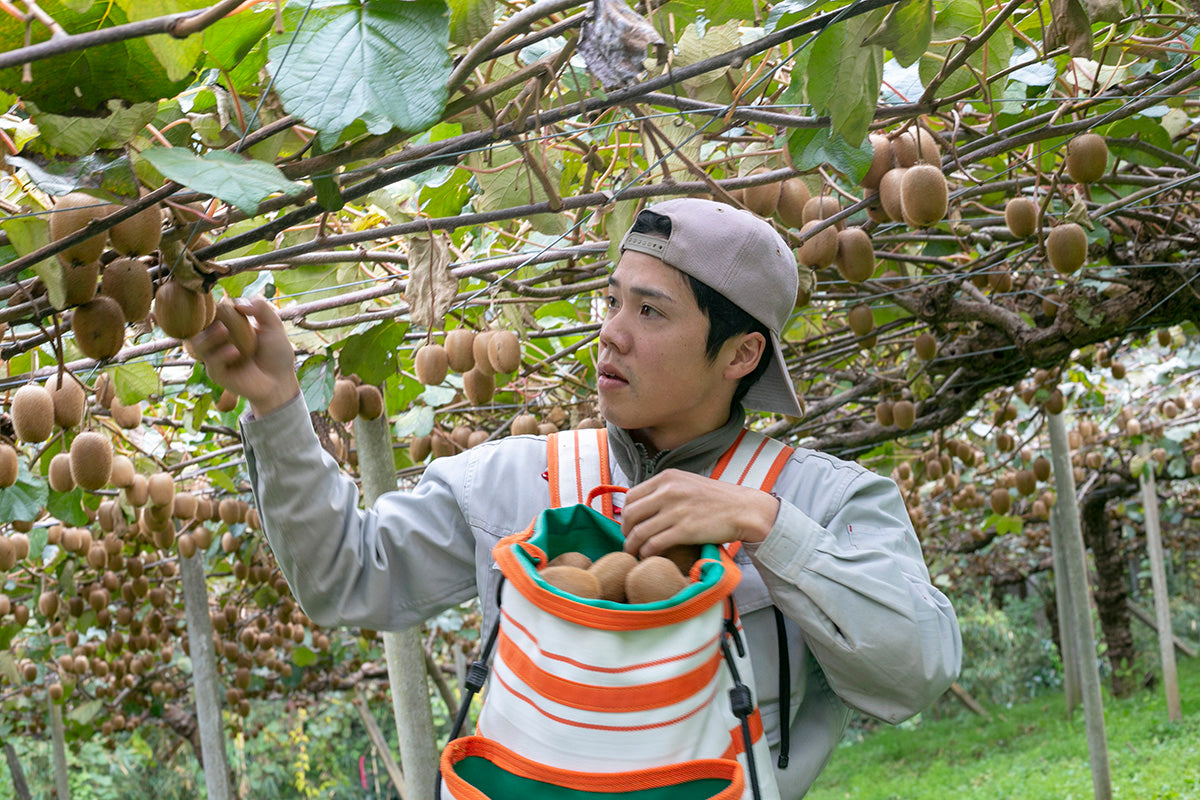
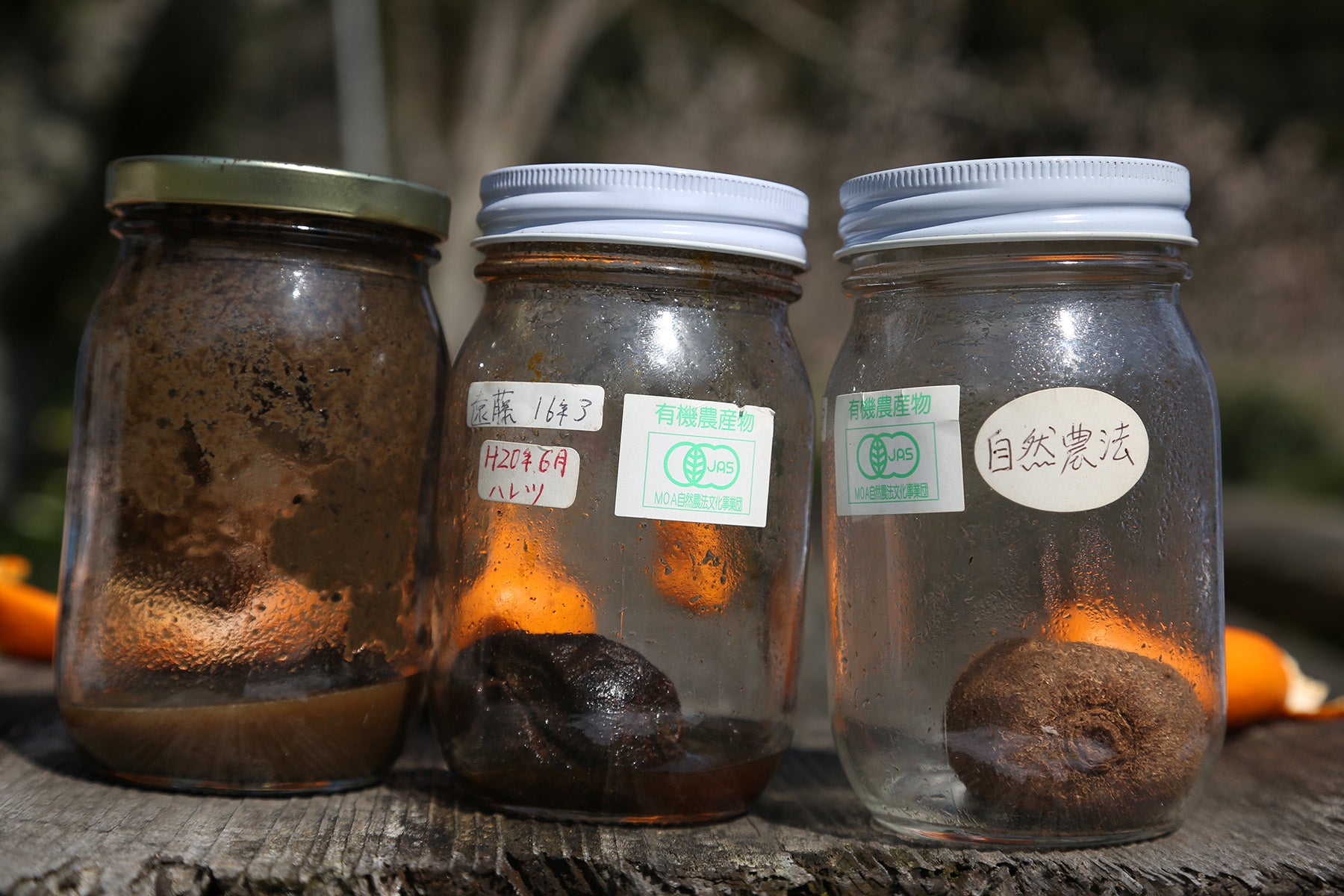
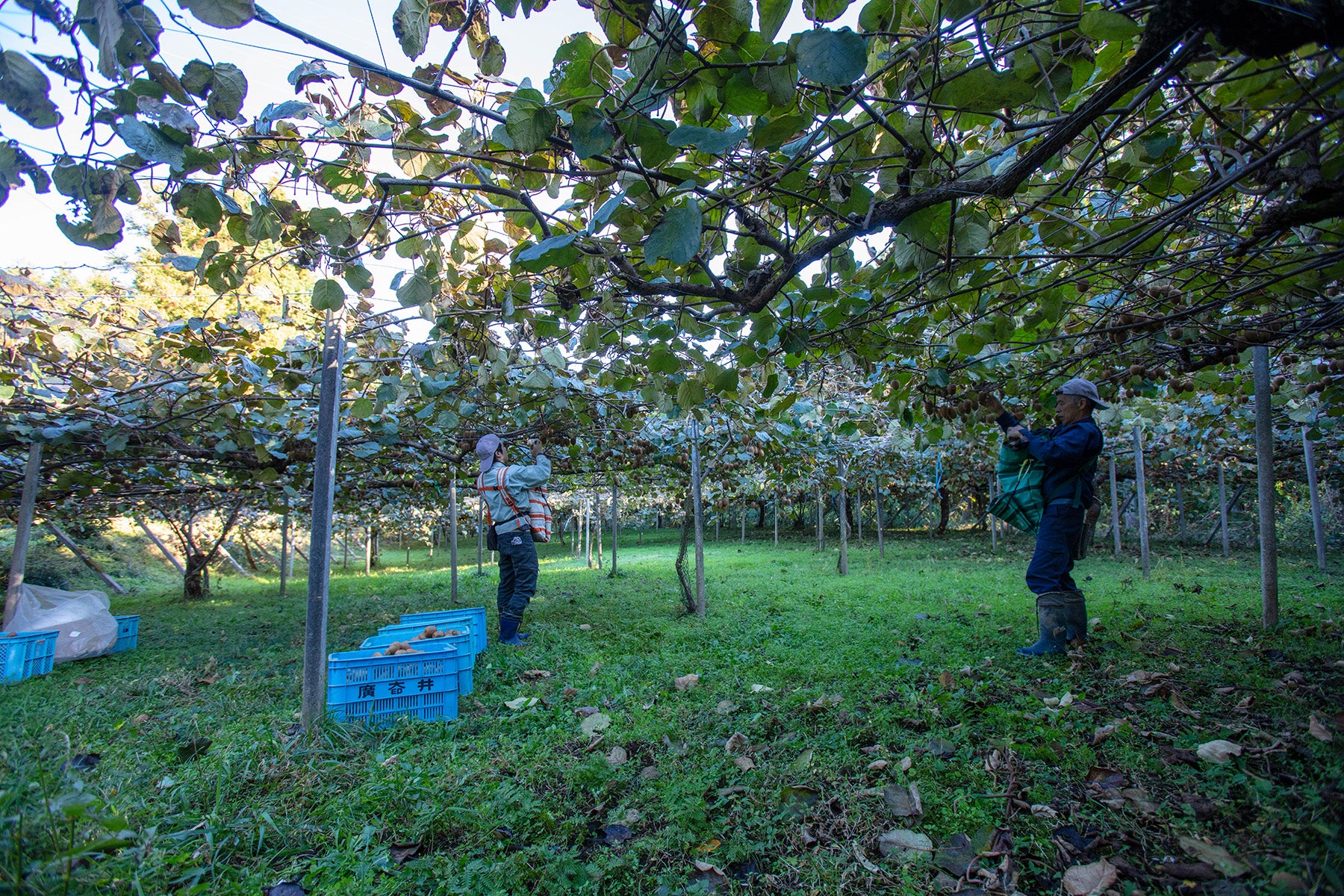
今期の配送は2026年1月上旬からになります。予めご了承ください
日本で初めて自然農法でキウイの栽培に成功した先駆者

キウイフルーツを多く生産している南半球のニュージーランドと、赤道を挟んで反対に位置する北半球の日本。みかん栽培が盛んな地が、キウイの栽培に適しているという。
石綿敏久さんは神奈川県小田原市で300年続く農家の15代目。有機農業を始めて30年以上、みかん、レモン、ライム、レモンライム、キウイ、梅、米など、自然農法で栽培する。
キウイはみかんや梅に次ぎ、小田原で多く栽培されている果樹だ。昭和45年頃に県が栽培を促進し、山北町で栽培を開始。やがて久野を中心に、みかんの代わりに栽培されるようになった。農薬はもちろん肥料も使わない本物の自然農法の貴重なキウイは、甘酸っぱく爽やかでみずみずしく、皮ごと食べても安心な自然の味わいが魅力である。
小田原有機農法研究会の会長を務め、農作業、セミナーの講師、圃場視察や自然農法ツアーの受け入れなどに奔走する石綿さんの使命は、自然農法を広め、本物の農業と作物本来のおいしさを次の世代に継承していくことだ。
お勧めする理由
◉ 無農薬・無化学肥料でのキウイフルーツ栽培の先駆者
◉ 安心安全だけではなく、商品としての形状や美味しさにもこだわる
◉ 皮が適度に表面の薄さを手で擦って肥料と少し、皮ごと食べられるための栄養価が高い
◉ 自然環境や持続可能な農業のための啓蒙活動を積極的に行っている
大勢の仲間と自然農法で安全な作物を
人間同様、植物も免疫力が大事
いまから40年近く前、慣行農法でみかんを作り、農協へ全量出荷していましたが、丹精込めて作ったみかんの中身ではなく外観だけを評価する仕組みに疑問を覚えました。当時は農薬中毒で亡くなるみかん農家も多く、消費者が捨てる皮のために命をかけてみかんを作るのはおかしくないかと思ったのが、有機を始める最初の曲がり角です。
まず化学肥料をやめ、堆肥を発酵させる微生物農法でみかん作りを始めて5~6年、農薬の回数が半分になり、土が変われば害虫や病気も減ると実感しました。その頃、みかんが低迷したのを機に、日本に導入されたばかりのキウイを地域の若い人たちと一緒に栽培し始めました。最初から無農薬で、肥料は有機質のものを使っていましたが、キウイが枯れる「かいよう病」という病気が畑の一部に出ました。肥料のやり過ぎが原因と当時すでにわかっていたため、有機の堆肥をすぐにやめ、それからずっと無肥料栽培です。慣行から有機、自然農法へと頭も畑もうまく切り替えられました。
無肥料栽培で10年くらい経ったときに、肥料が原因ならもう、かいよう病にかからないのではないかと考え、実験しました。思いきって、かいよう病にかかった枝を接ぎ木してみたのです。1年目は移らなかったので試しに3年続けて実験したところ、移りませんでした。人間の体と同じで、自分が健康なら周りに風邪を引いている人がいても移らない、免疫力は大事だと確信を持てました。
果樹園の草生栽培を開発

無肥料栽培は誰でもどこでもできる技術ではありません。同じキウイでも場所が変われば気候風土、地面が違います。いちばん大事なポイントは、その植物がその土地にあっているかどうかで、それを見抜くのに経験と技術と情報が必要になります。誰でも簡単にできると思うと、たいへんな失敗をしてしまいます。その関係が化学的に解明されれば普及が進みますが、未知の世界です。
果樹園の下草に、ヘアリーベッチという豆科の牧草を生やしています。敷きワラ状に地を這って雑草を抑えてくれます。キウイが本来吸う養分を牧草が吸うのだから、牧草に肥料をやらなくてはいけないはずですが、土の中の多数の微生物たちが養分を作ってくれると、最近わかってきました。
土が軟らかいことは自然農法の重要なポイントです。土の中に空気がたくさん含まれ、その空気を植物が吸って養分にします。微生物も酸素や窒素を利用して活発に活動するので、土が軟らかくなり、保温状態がいいのです。牧草も土地にあったものを作物によって選ばなくてはならず、一律にはいきません。自然農法は放任栽培ではなく、ほったらかしとは違います。試行錯誤しながら研究していかないといい結果を導けません。
→続きを読む(2019年版 自然園いしわた農場ファームレター)
| 農薬 | 無農薬 |
| 肥料 | 無化学肥料 |
| 認証 | 有機JAS認証 |
| 販売期間 | 1月〜4月 |
| 賞味期間 | 冷蔵保存で約2ヶ月 |
| 代表者 | 石綿敏久、石綿信之 |
| 住 所 | 神奈川県小田原市久野 |
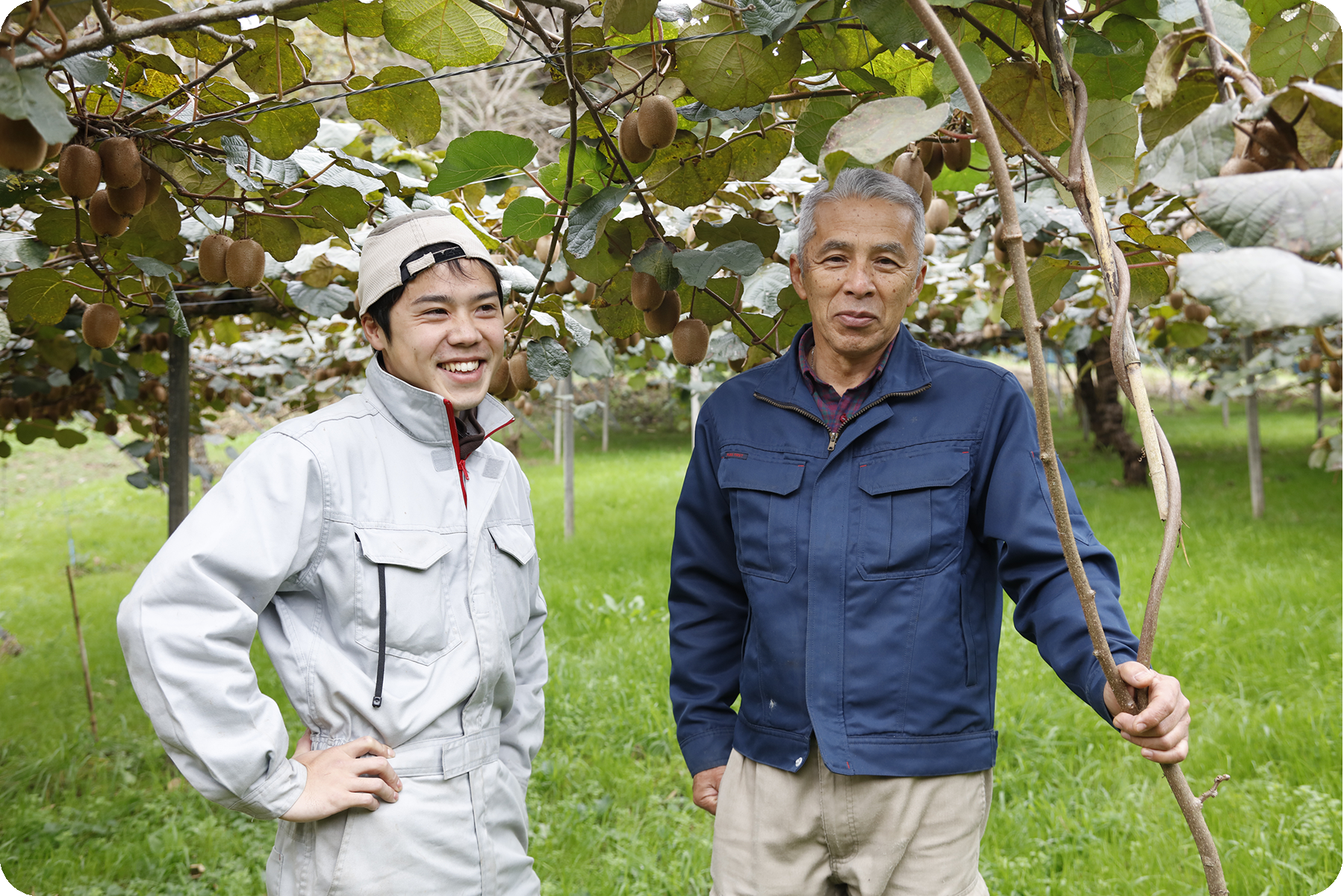
オプションを選択








【神奈川県/自然園いしわた農場】有機農産物を追求した、プレミアムなキウイフルーツ(有機JAS)。
セール価格¥2,800
通常価格
